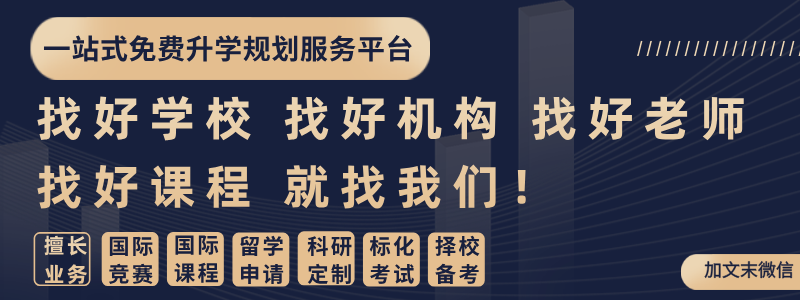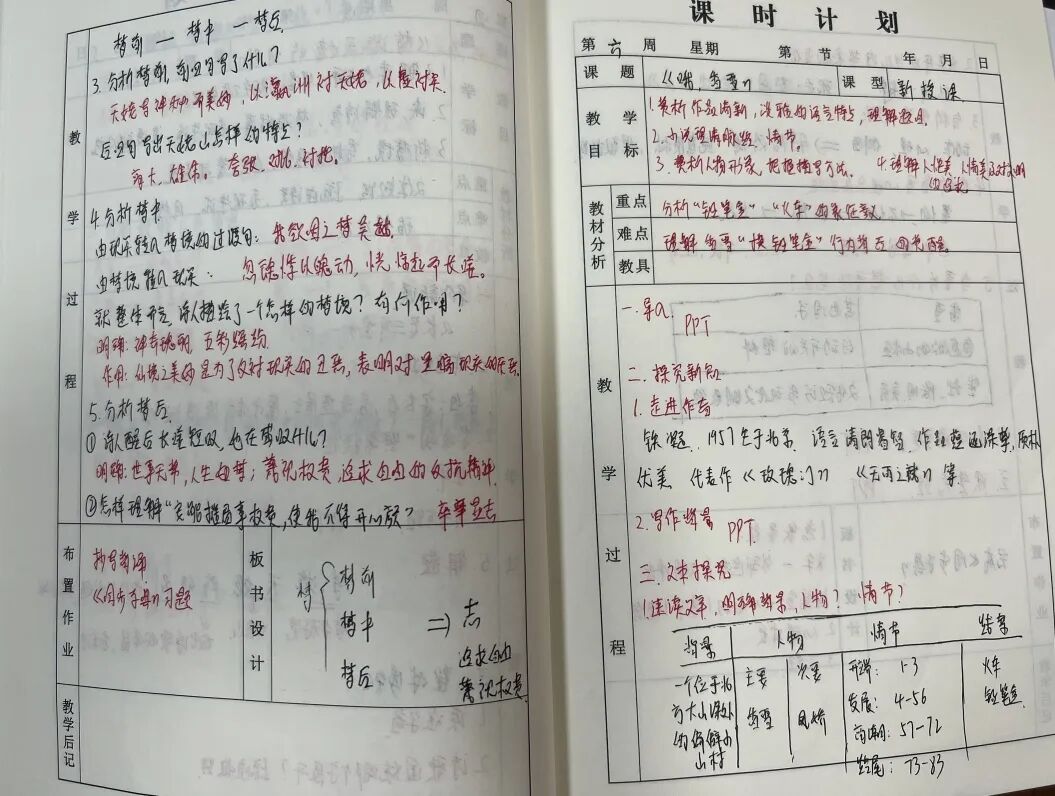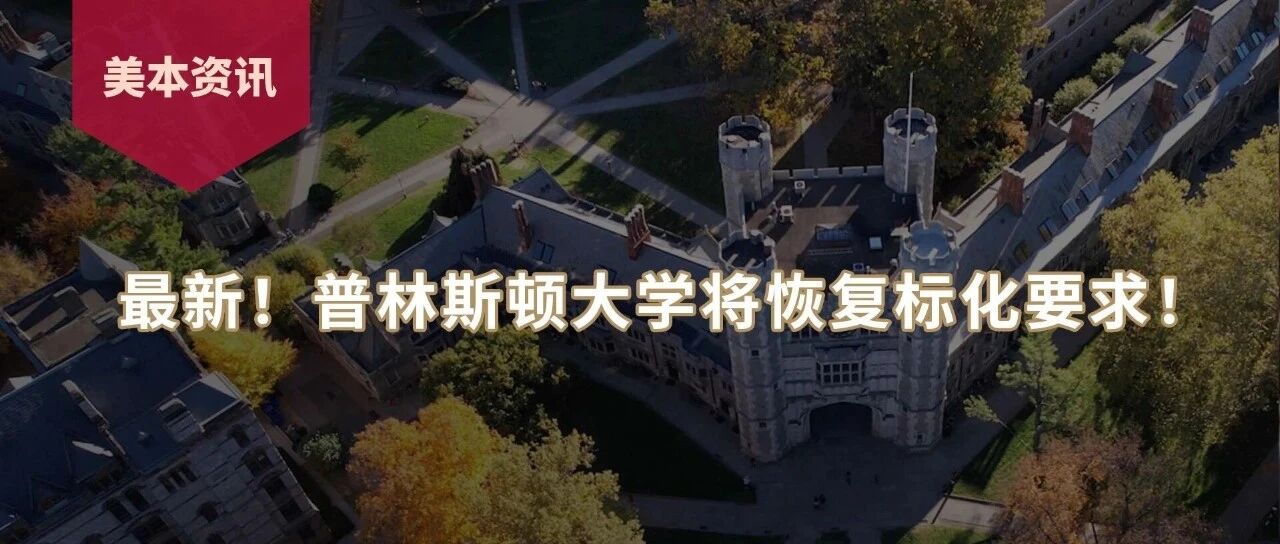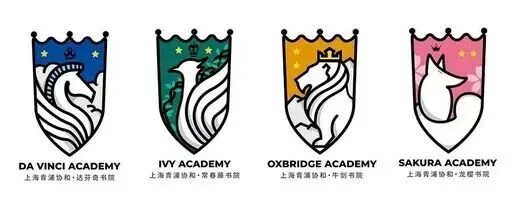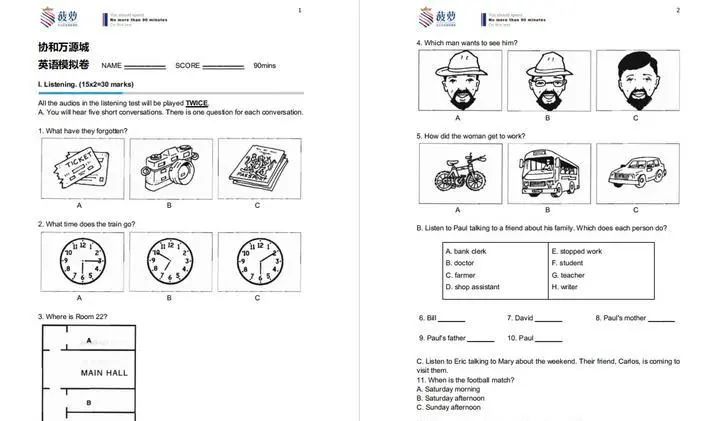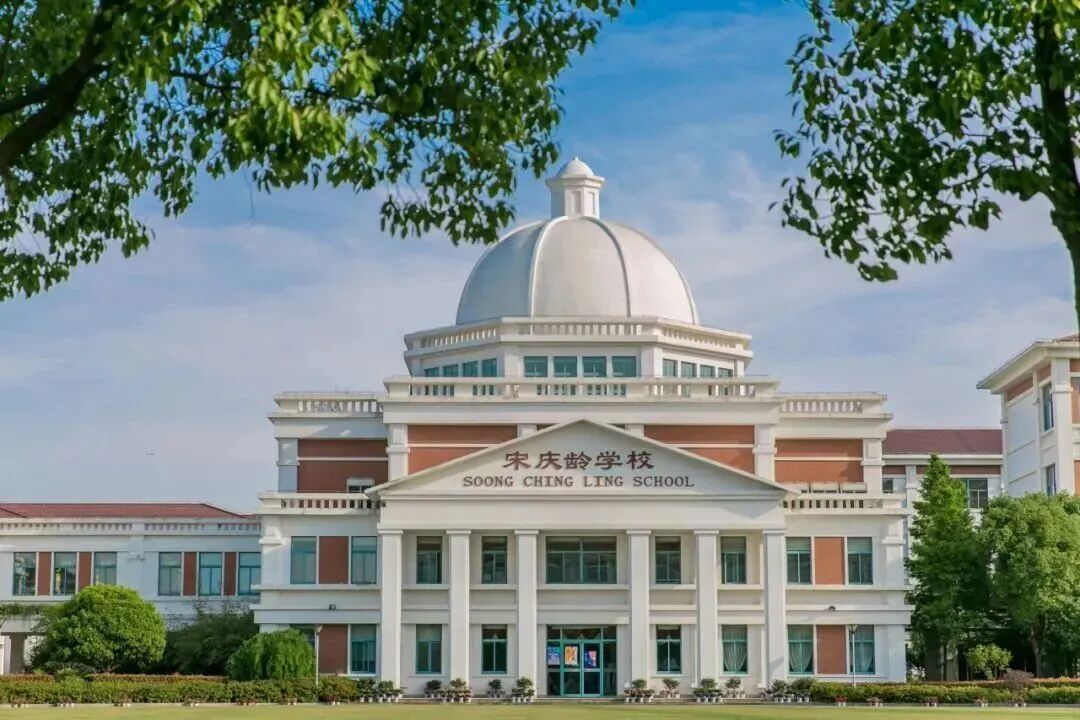观象而明理 近星亦近真
记2025星校高中部中庭天文节文化周
2025年9月22日至26日,星校高中部四楼中庭变身“太空空间”,一场由12-2班王路宜同学策划及统筹、天文社协助举办的校园天文节在此拉开帷幕。展览以“可步入式”的互动形式,从星辰、星系、轨道、视界、星空五个角度,带领师生沉浸式体验宇宙的浩瀚与浪漫。
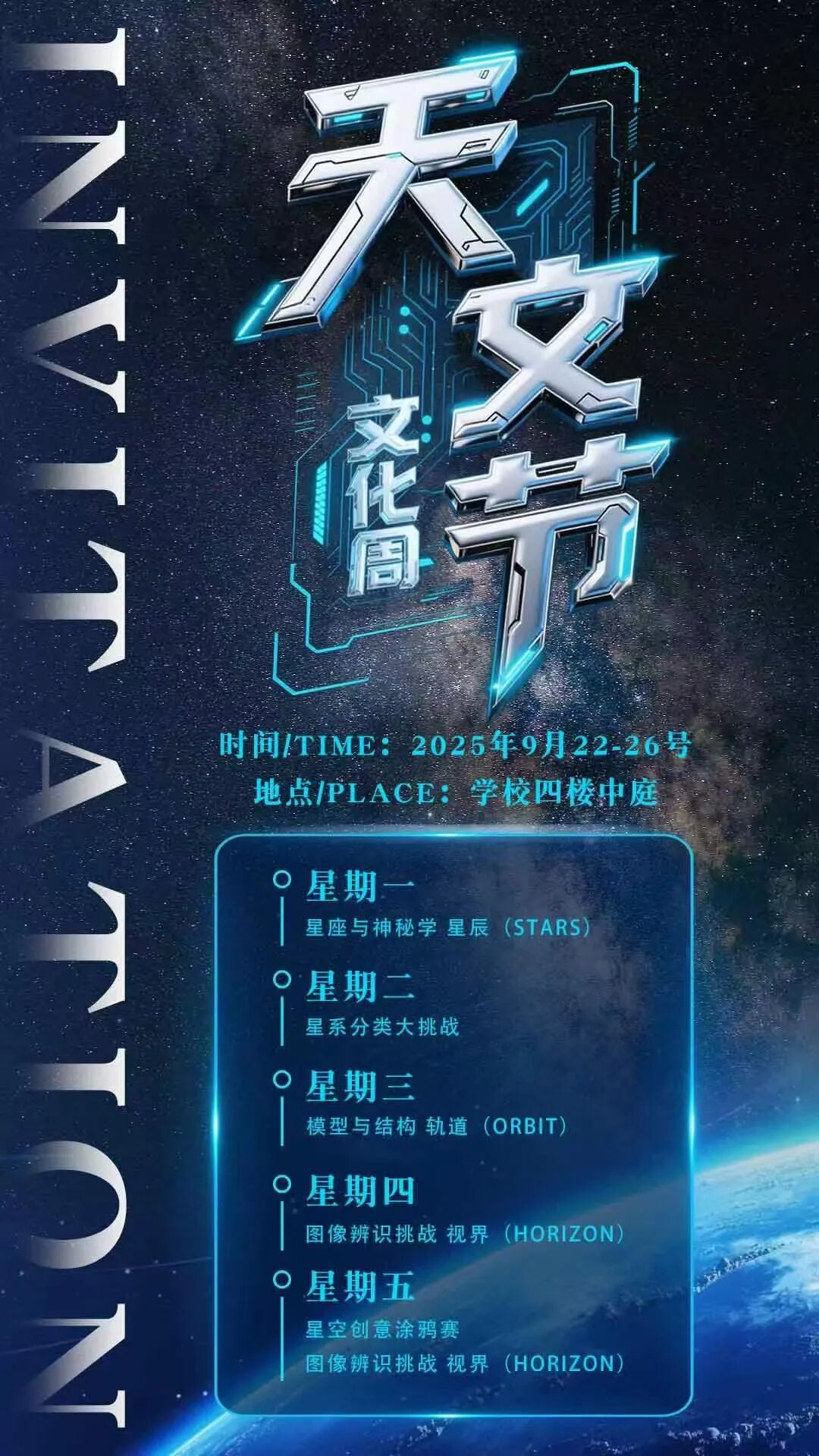
步入中庭,仿佛置身于深邃的太空之中,行星、探测器与轨道环绕其间,科幻感扑面而来,“三体”经典语句令师生纷纷驻足留影。 折页展墙如光变曲线,合影区的望远镜光圈化作了可探视的“门”,主背景则以轨道环为骨架,将行星、探测器与天线收拢进同一坐标系里,使理性结构与审美温度彼此映照。有同学感叹:“一眼被美感吸引,十分钟上手互动,半小时带着新问题离开。”
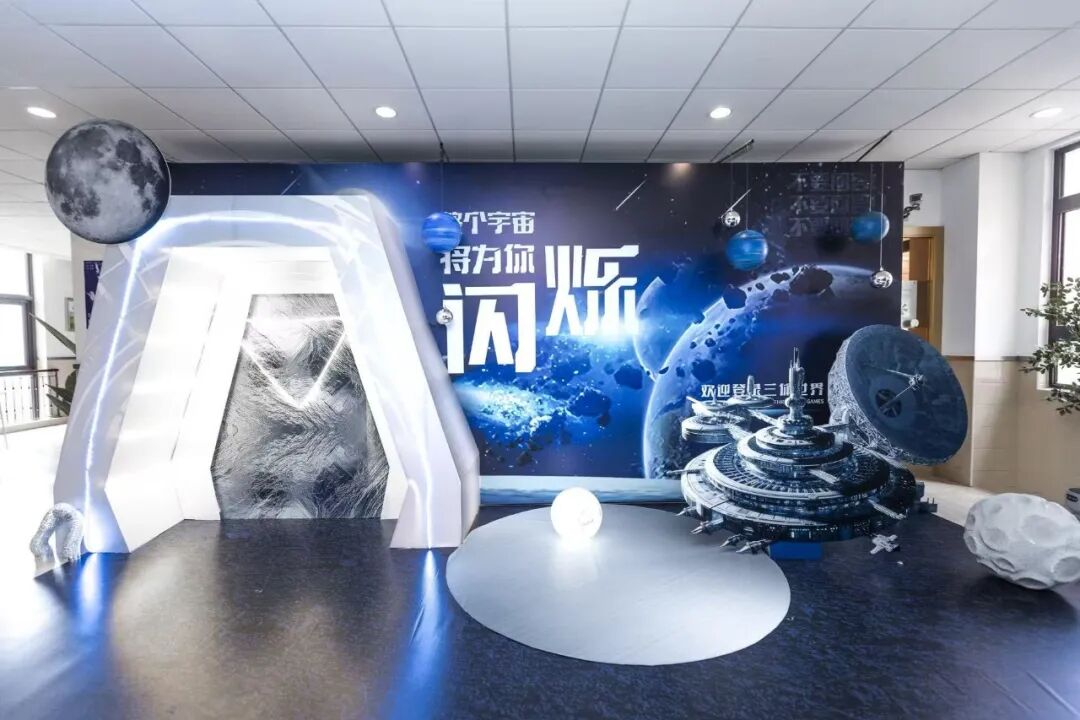
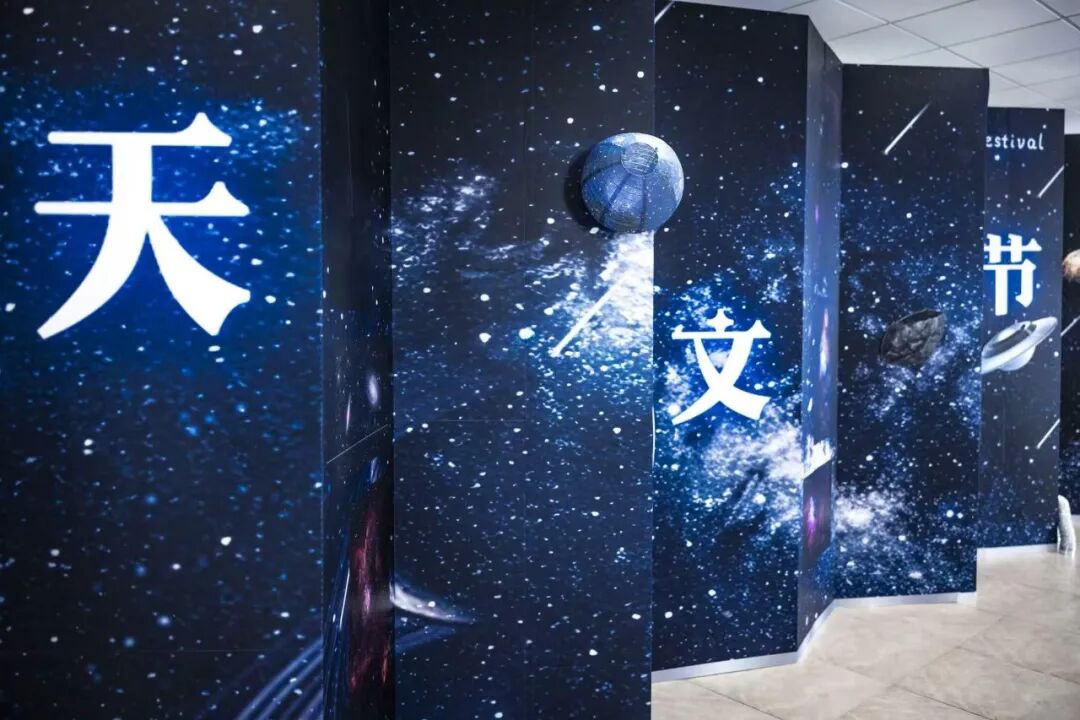
本届天文节以“看见—辨认—建模—表达”为脉络,在五个午间徐徐展开星空的诗篇:同学们在星座拼图中辨认真实与传说的边界,指尖划过星图,仿佛触到了古老神话的脉搏;在星系分类中,他们成为银河的读者,从漩涡与椭圆的形态里解读宇宙遥远的回应; 从组装“开普勒望远镜”到进行“夜空亮斑辨识”,他们亲手将抽象的光学原理化为眼前可见的现实,使星辰不再是难以破解的谜语;最后一天,天文元素化作同学手中拼贴、线条与色块,一周所学转译为个人的“宇宙观”,将理性认知化作感性的表达。在一整周的时间里,王路宜与天文社成员都驻守在现场,解答从“为什么有第十三个星座?”到“如何参与真实研究?”等各类问题,我们看见,科学最深的浪漫,正是让每双仰望的眼睛,都成为宇宙诗行里一个发光的词汇。
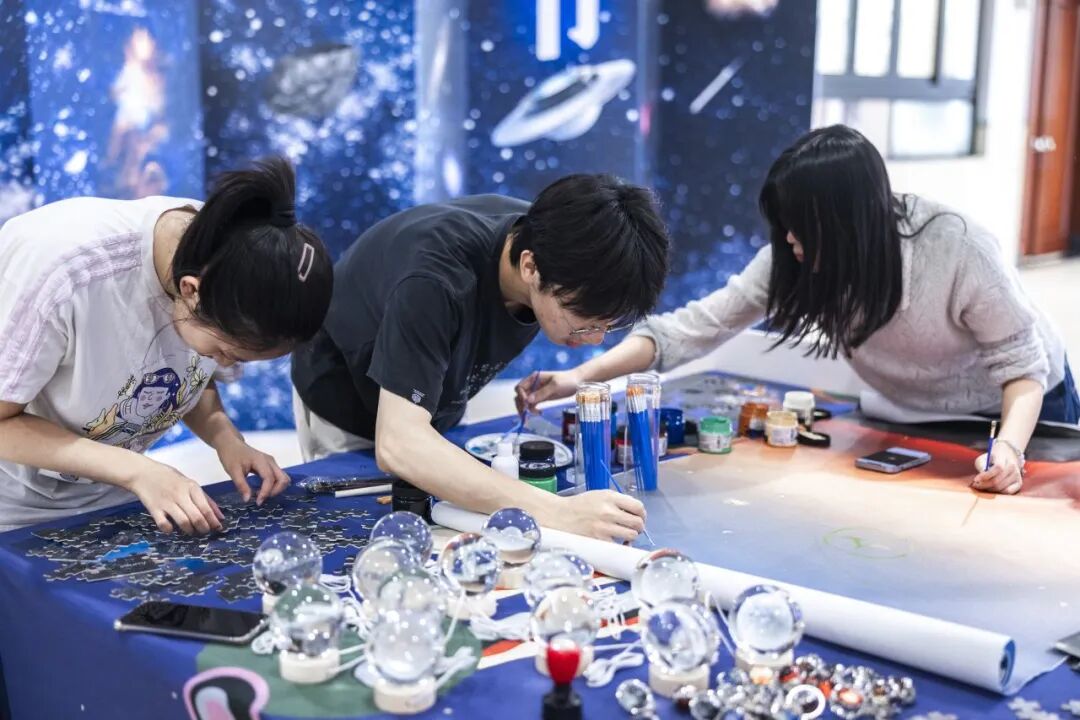
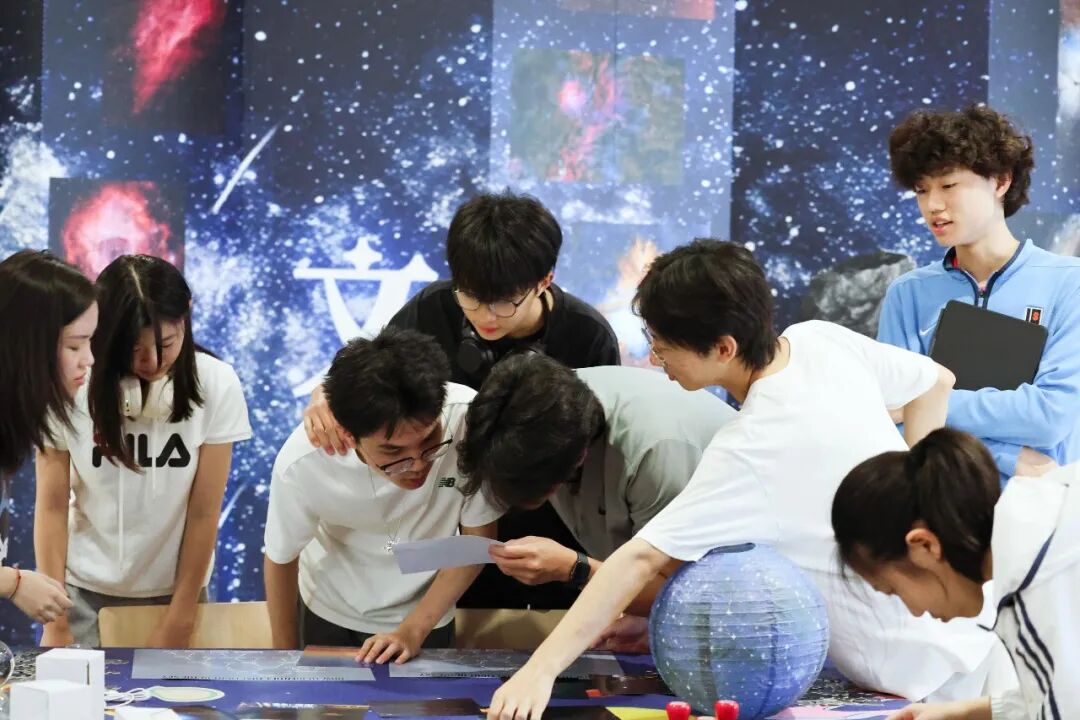
从高二开学起,王路宜同学就开始筹划这场天文节。天文学的独特之处在于,业余爱好者同样能为研究作出贡献,借助这一“公众科学”的概念,她设计了一系列活动,例如“星系分类大挑战”,它与英国研究机构开展的著名计划“星系动物园”(Galaxy Zoo)遵循同样逻辑,即学会辨别形态,就能为科研提供可用数据。通过这样的活动,她希望把个人的热爱转化为校园的共享,既为真正喜欢天文的同学提供舞台,也为未入门者推开一扇科学之门。
“如果宇宙是一首诗,我们每一个人都是组成这首诗的一个个文字。”当展墙化作光变曲线,当一台手作望远镜连上心中的“视界”,当一张速成卡让夜空从“神秘”转为“可读”,科学的火花已在校园日常里悄然点亮。这束光,将伴随每一次仰望,继续向更远的星辰延伸。
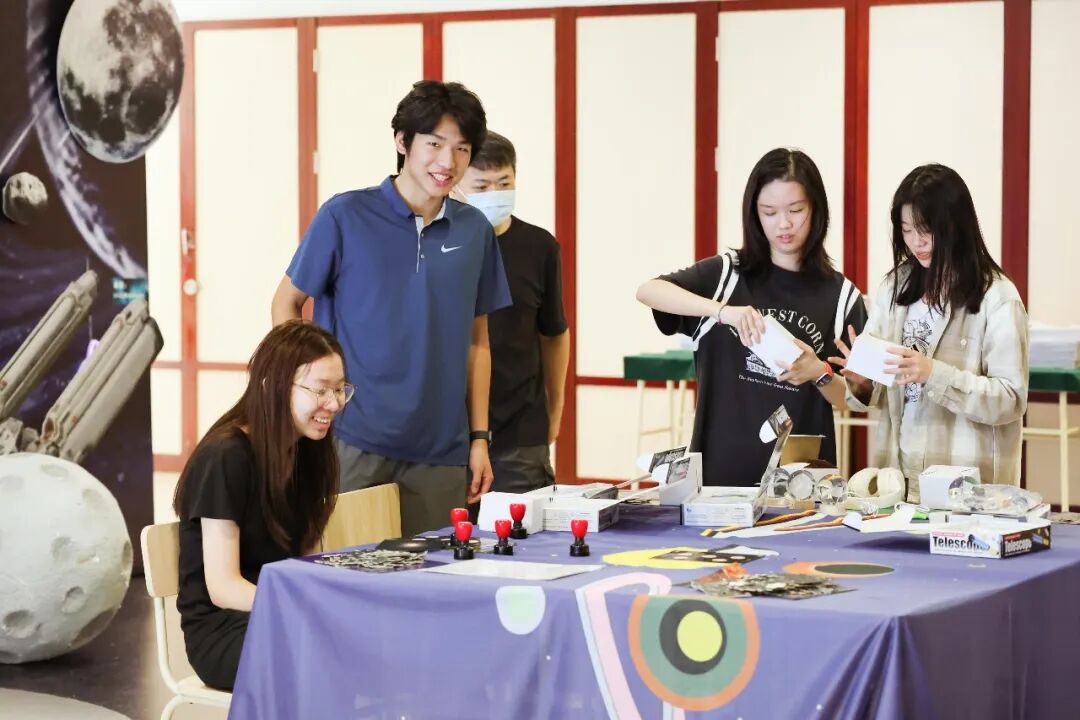
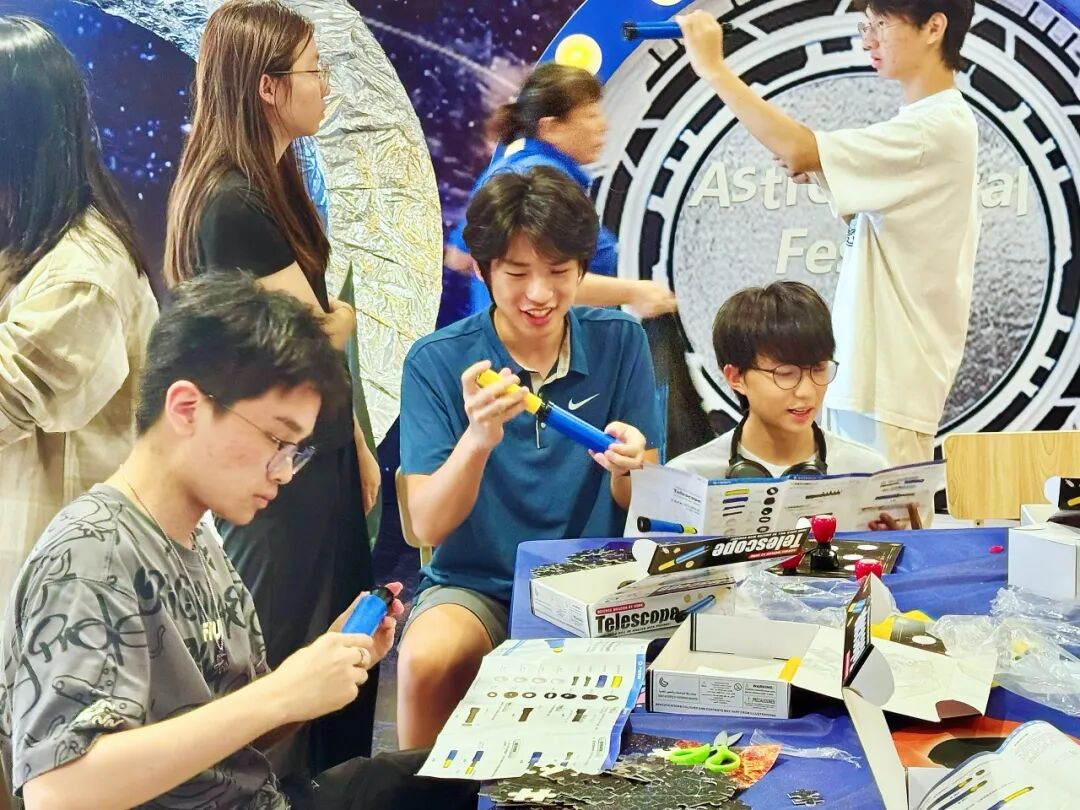
From September 22 to 26, 2025, the atrium on the 4th floor of Xingxiao High School’s senior section was transformed into a "space zone" for the campus Astronomy Festival. Initiated and coordinated by Wang Luyi from Class 12-2, with support from the Astronomy Club, this event kicked off with an immersive interactive experience. Centered around five themes—stars, galaxies, orbits, horizons, and starry skies—the exhibition guided teachers and students to explore the vastness and romance of the universe.
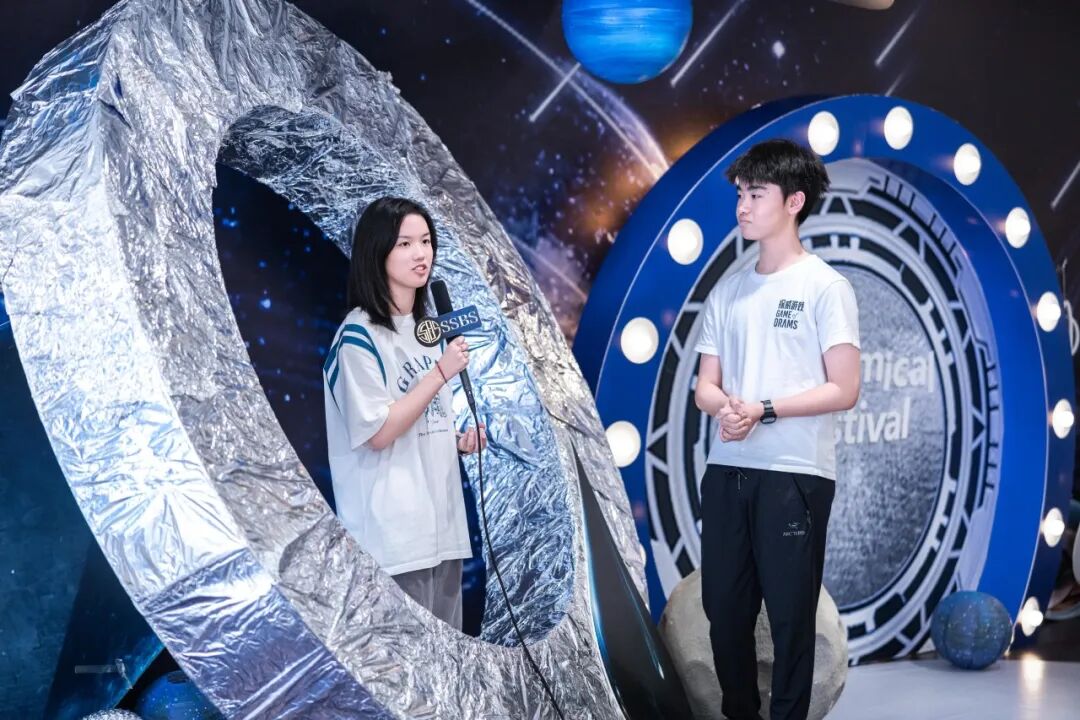
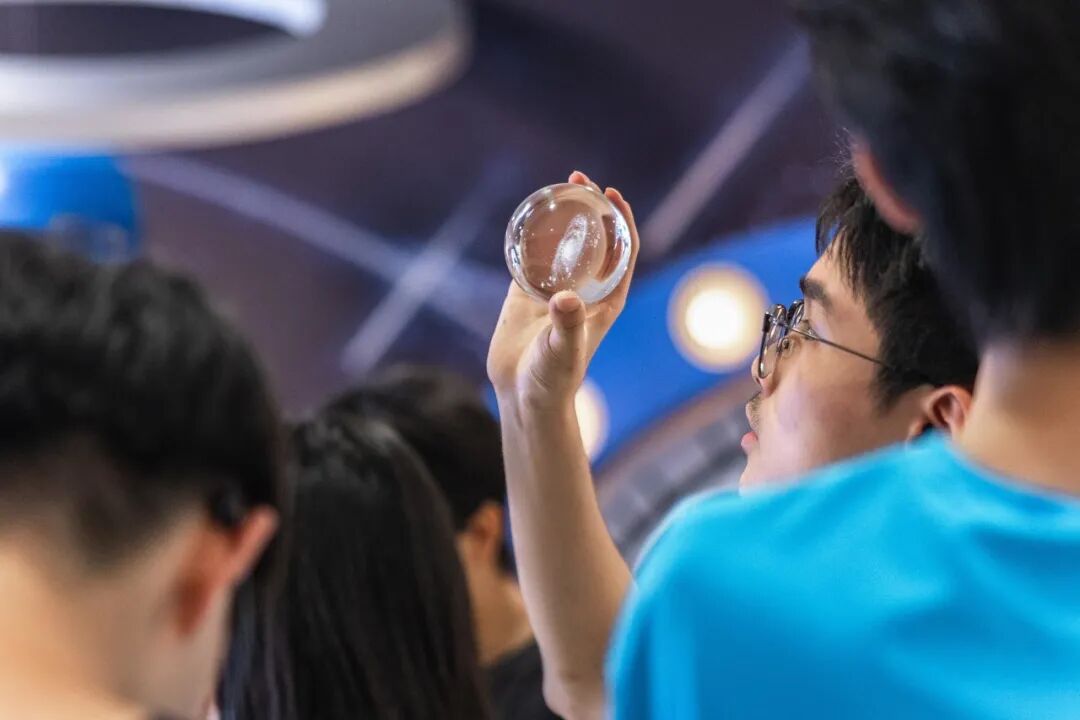
Stepping into the atrium felt like venturing into the depths of space. Planets, probes, and orbits surrounded visitors, creating an immediate sci-fi atmosphere. Classic quotes from The Three-Body Problem drew crowds, with many pausing to take photos. The folding exhibition walls curved like light trails, while the telescope aperture in the photo zone served as a "gate" for observation. The main backdrop, framed by orbital rings, integrated planets, probes, and antennas into a single coordinate system—blending rational structure with aesthetic warmth. As one student exclaimed, "I was drawn in by the beauty at first glance, got the hang of the interactions in 10 minutes, and left with new questions after half an hour."

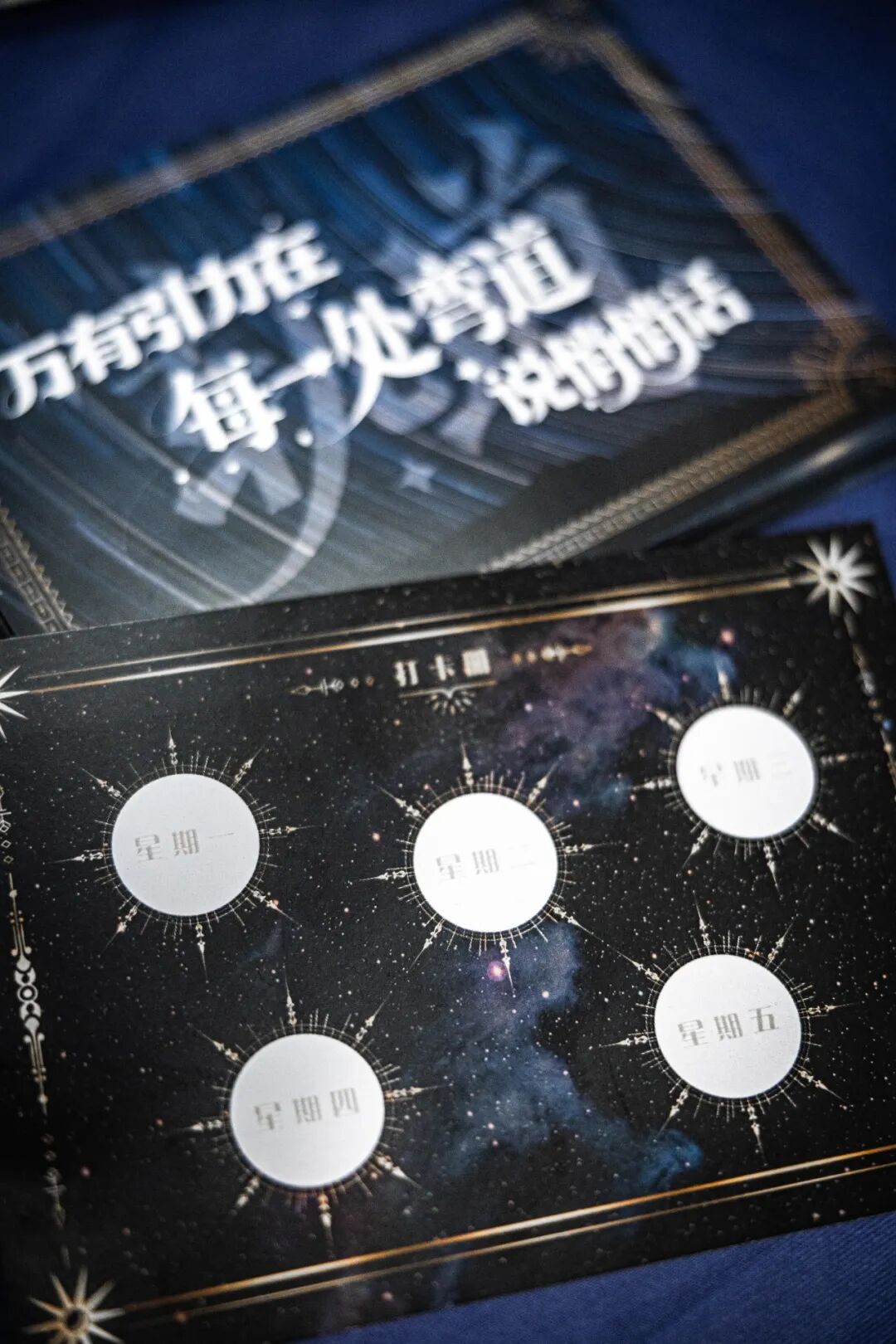
Following the theme "See—Identify—Model—Express," the Astronomy Festival unfolded its cosmic narrative over five lunch breaks:
During constellation puzzles, students distinguished between real astronomical phenomena and mythological tales. Gliding their fingers over star maps, they seemed to touch the pulse of ancient myths.
In galaxy classification activities, they became "readers of the Milky Way," interpreting the universe’s distant responses through the shapes of spiral and elliptical galaxies.
From assembling a "Kepler Telescope" to identifying "bright spots in the night sky," they turned abstract optical principles into tangible reality, making stars no longer unsolvable riddles.
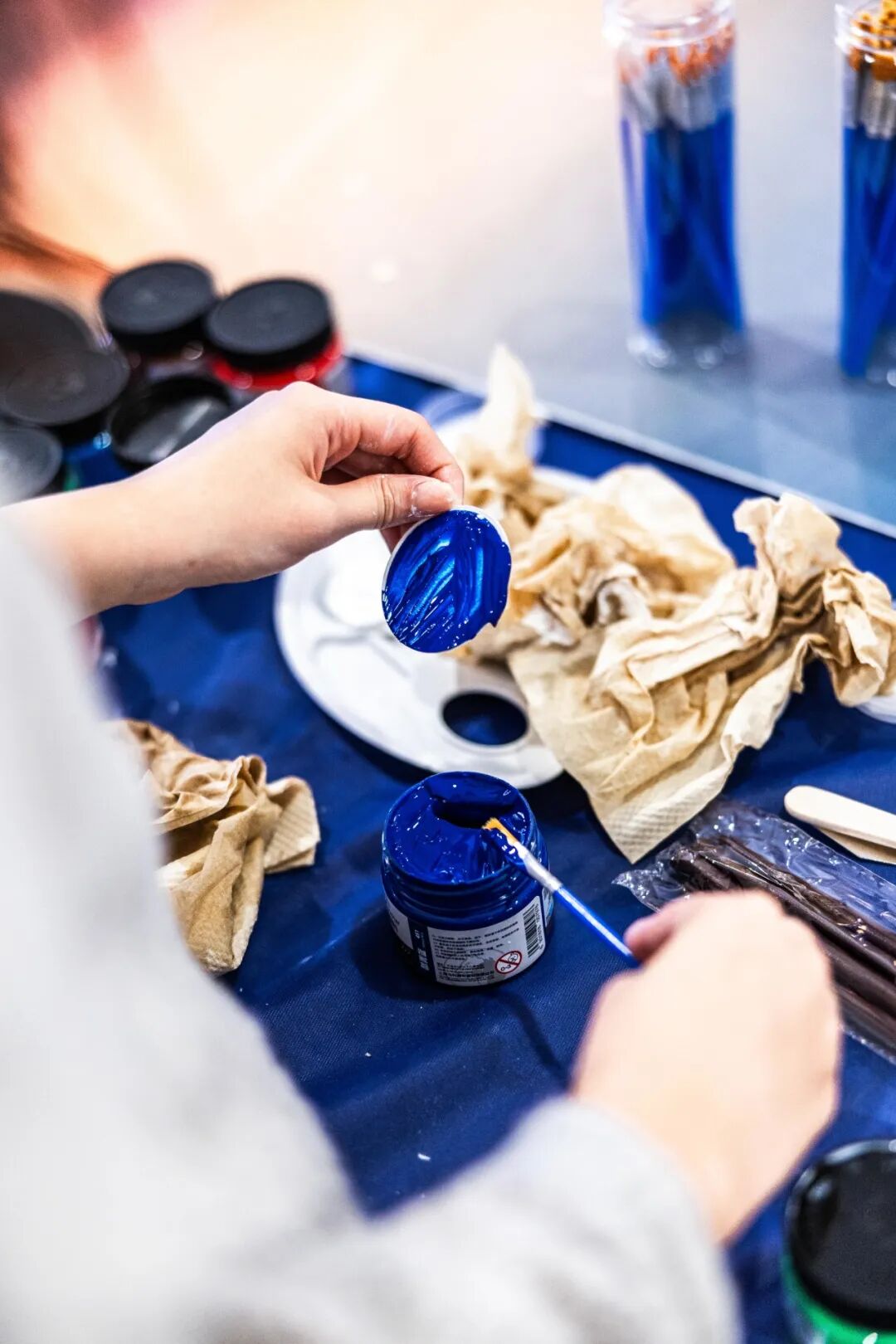
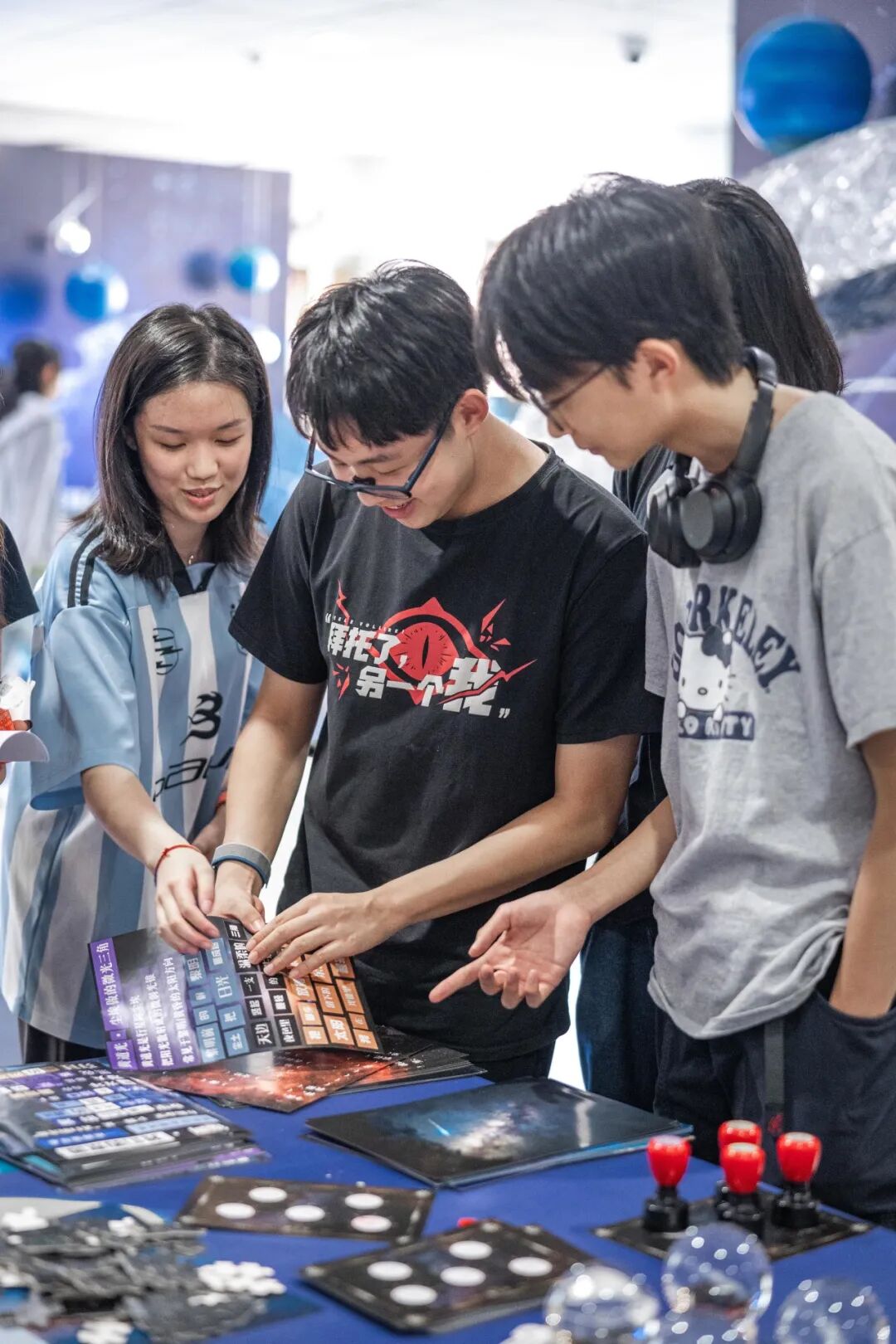
On the final day, astronomical elements were reimagined through collages, lines, and color blocks created by students. What they had learned over the week was translated into personal "cosmological outlooks," transforming rational understanding into emotional expression.
Throughout the week, Wang Luyi and members of the Astronomy Club stayed on-site to answer questions ranging from "Why is there a 13th constellation?" to "How can we participate in real astronomical research?" It revealed a profound truth: the greatest romance of science lies in turning every pair of stargazing eyes into a glowing word in the poem of the universe.
Wang Luyi began planning the Astronomy Festival shortly after the start of her 11th-grade year. A unique aspect of astronomy is that amateur enthusiasts can also contribute to research. Drawing on the concept of "citizen science," she designed activities like the "Galaxy Classification Challenge"—modeled after the famous Galaxy Zoo project by British research institutions. The core logic is simple: learning to identify galaxy shapes allows participants to provide usable data for scientific research. Through such events, she aimed to turn her personal passion into a shared campus experience—creating a platform for students who love astronomy, while opening a door to science for those new to the field.
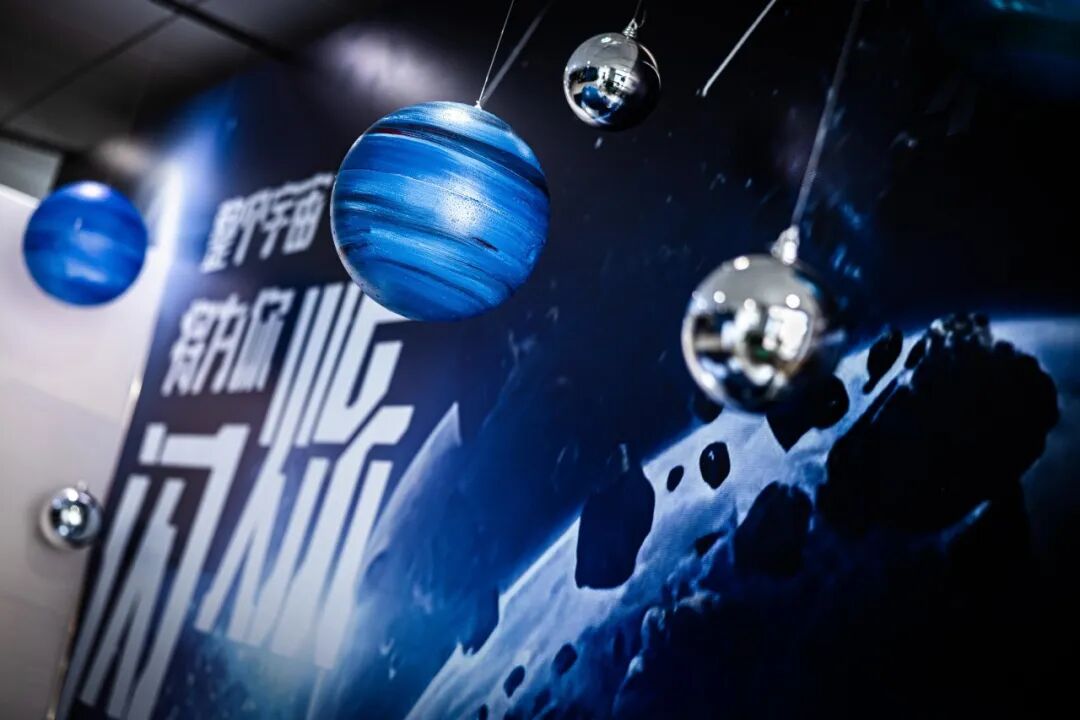
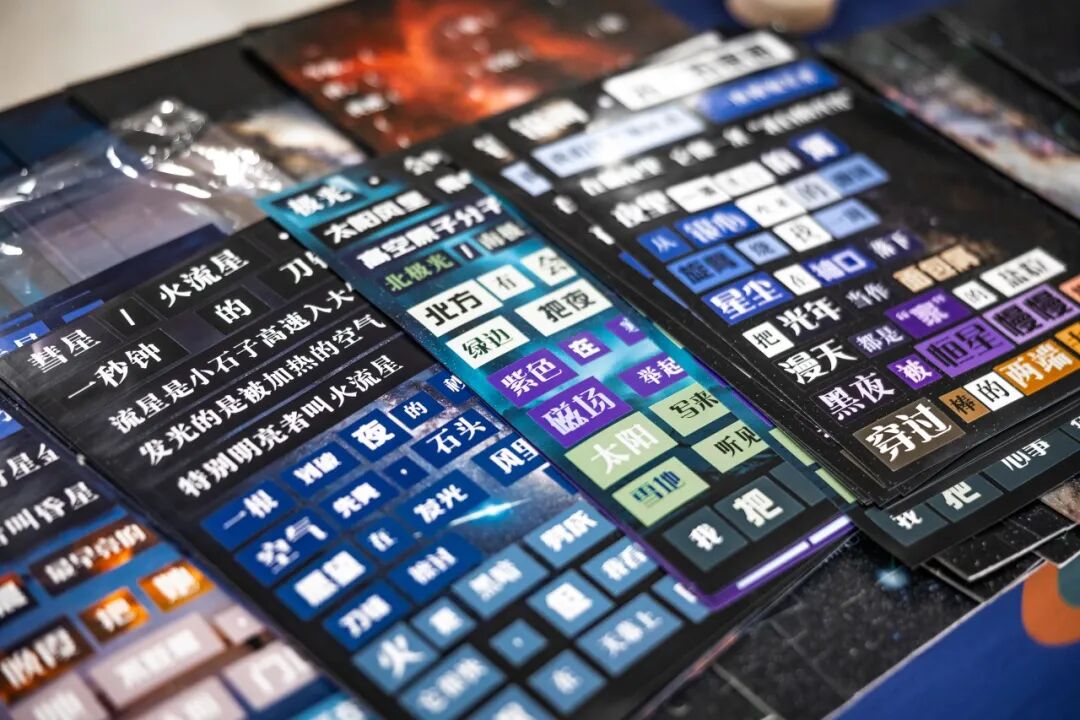
"If the universe is a poem, each of us is a word that makes up this poem." When exhibition walls turned into light curves, when a handmade telescope connected to the "horizon" in one’s heart, and when a quick-reference card turned the night sky from "mysterious" to "readable," the spark of science quietly lit up daily campus life. This light, accompanying every gaze upward, will continue to stretch toward more distant stars.


